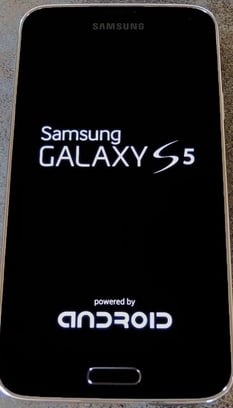Constant calls dropping problem is not new in Samsung devices, Galaxy Note 3 users also were facing this same problem. If you have Galaxy Note 3 and the problem is happening with you, then visit Technobezz, there we have discussed the solution of Galaxy Note 3 calls dropping problem already. In this post, we will discuss the ways to fix Samsung Galaxy S5 Constant Calls Dropping Problem. The solution is almost similar to Galaxy Note 3 solutions; however, for your ease, we will discuss the steps here.

Samsung Galaxy S5 Constant Calls Dropping Problem
See also- How to fix Galaxy S5 touch screen not working
Steps to Fix Samsung Galaxy S5 Constant Calls Dropping Problem
> First you should check if any third party app is the reason behind this problem. To know that, boot your Galaxy S5 into Safe mode, this mode will disable all the third party apps, and only the pre-installed apps will be activated.
To boot your phone into Safe mode, turn it off and then press and hold the Power key. Now press Volume Down key when the Samsung logo appears and do not leave it until you see the lock screen. Safe mode will be shown at the bottom left corner. Now try to call and see if Samsung Galaxy S5 Constant Calls Dropping Problem is still there. If no, then any third party app is the reason. So perform a factory reset and re-install the apps selectively.
> Sometimes the calls dropping problem occur because of network, so contact with your carrier and ask about your local service. Changing the PRL (preferred roaming list) also some people have got a solution for Samsung Galaxy S5 Constant Calls Dropping Problem. For that go to Settings > Mobile Network > Network Mode > Select automatically preferred network or GSM only.
> Make sure all the software is up to date going to Settings > About > Software update > update.
> Toggle the Airplane mode on and off going to Settings.
> Sometimes by restarting the phone also the problem gets solved.







